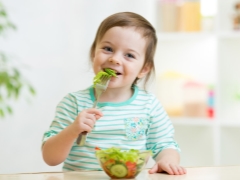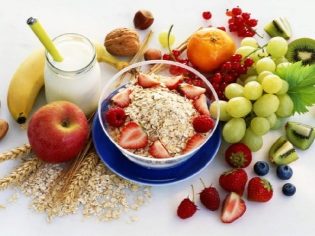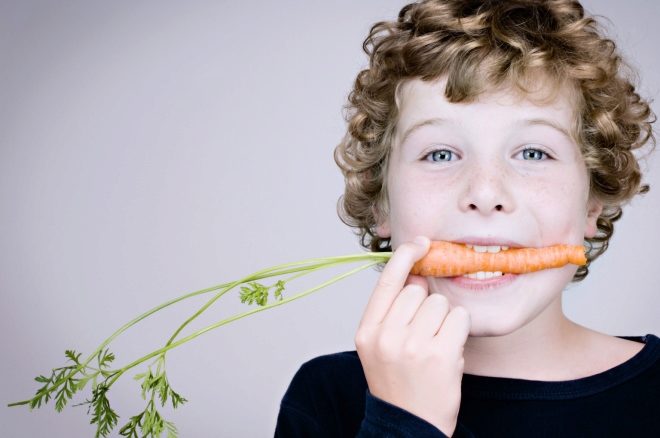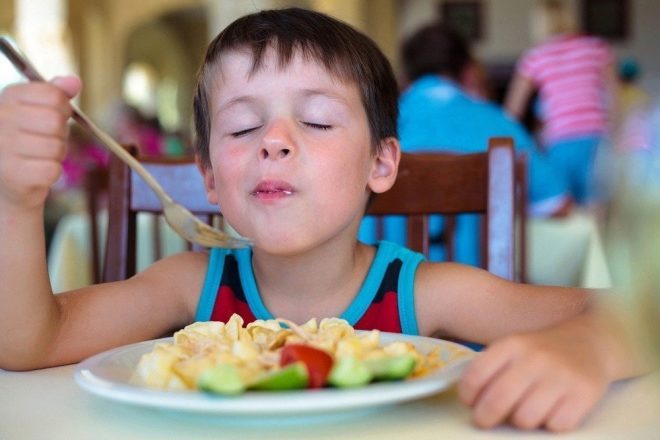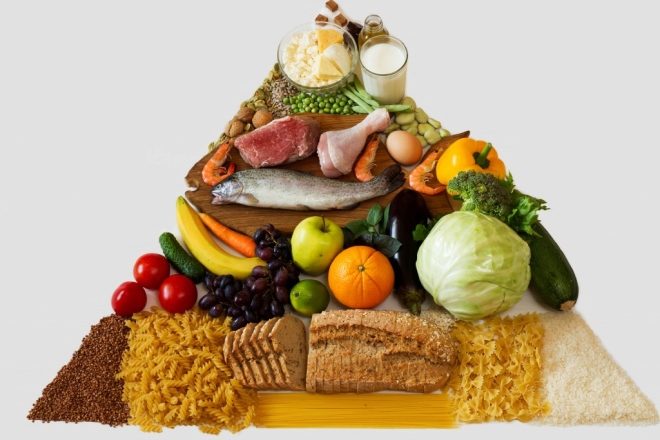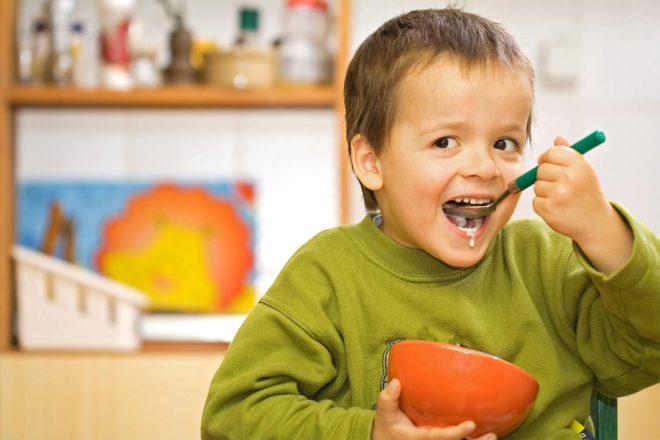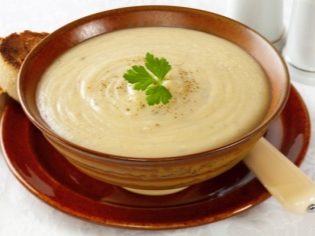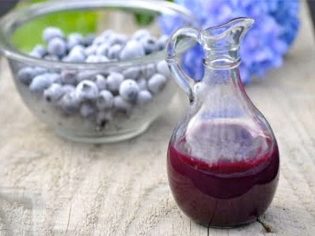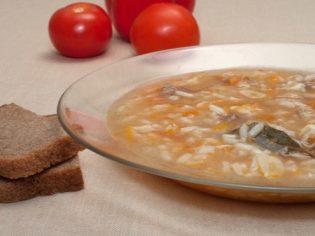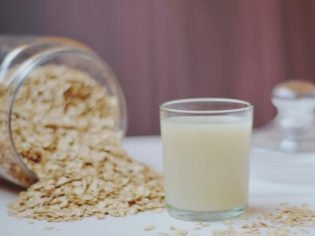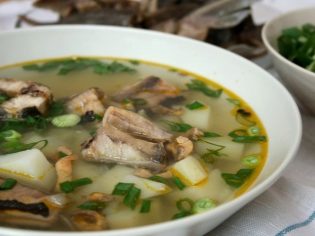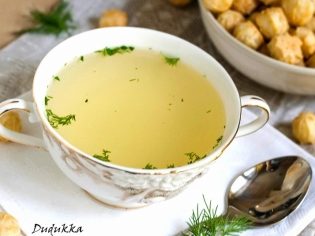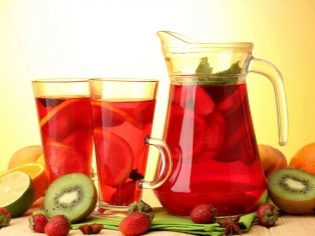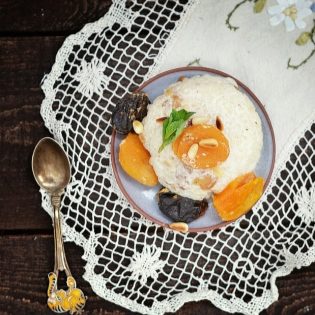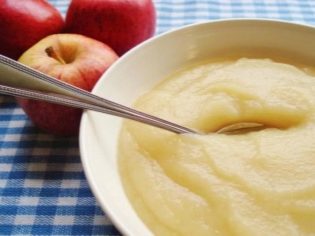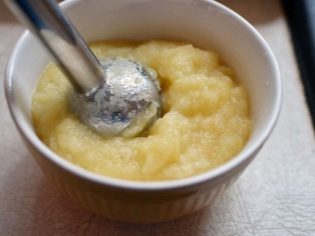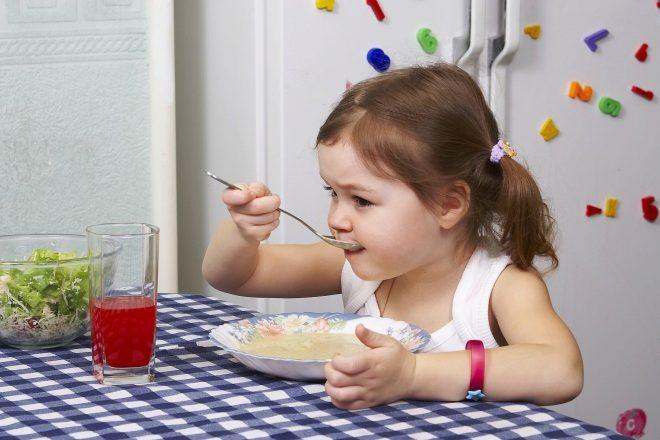Diet "Table number 4" for children
Treatment table or Pevzner's diet number 4 is a quite often prescribed type of therapeutic nutrition.. Doctors have resorted to his appointment in the treatment of many chronic diseases of the digestive system in children. Fulfillment of the main principles of such medical nutrition allows achieving stable remission and preventing exacerbations of many diseases.
Who is shown?
This health food is specially designed for the treatment of exacerbations of many diseases of the digestive system:
- Exacerbations of chronic bowel disease. These include various enteritis, colitis, gastroenterocolitis.
- It is used in the treatment of intestinal tuberculosis, dysentery, typhoid fever. Can be used after surgery on the intestine.
- After infectious inflammatory bowel disease.
- With intestinal dysbiosis, resulting from the multiplication of infectious microorganisms.
- In irritable bowel syndrome, as well as constipation and diarrhea.
Description
The system of therapeutic nutrition, consisting of several tables, created a famous scientist I. Pevzner. It should be noted that it has existed for more than a hundred years. This system is quite successfully used in the treatment of many chronic diseases in children.
Diet number 4 prohibits the use of fatty, fried, smoked and salted foods. They can damage the intestinal wall and increase the pain syndrome. All pickled products with a high content of spices and vinegar should also be excluded.
Food is prescribed 4-5 times a day. For babies of the first year of life - up to six times throughout the day. All dishes should be prepared sparingly.
It is allowed to boil, bake, use a slow cooker or a double boiler.
Before use, the dish should be cooled to a temperature of 40-45 degrees. Giving a child too hot tea or soup is prohibited! The consistency of the dishes should be liquid or puree. In the first days of exacerbation only pureed meals are allowed. For babies under one year old, food should be ground through a sieve. For older kids, you can already use a blender.
From the child's diet should completely eliminate the following products:
- All canned food and marinade products, including sauerkraut.
- Freshly baked products, as well as baking. They are also contraindicated in pancreatitis.
- Soups boiled on strong meat or chicken broth, as well as dairy.
- Meat and poultry with fat: pork, lamb, duck.
- Meat delicacies and sausages. Sausages, wieners and all other semi-finished meat products are also included.
- Whole cow's milk, cheese, sour cream. Fatty dairy products. Adding them to the diet is possible only with subsiding of the inflammatory process.
- Scrambled eggs or eggs withboiled hard boiled.
- Pork lard and fat. Margarine.
- All spices and seasonings. Ketchup, spicy tomato sauce, mayonnaise.
- Coffee and cocoa, as well as all the sweet soda.
If the child has a tendency to the occurrence of allergic reactions, in such cases it is necessary to turn to a hypoallergenic diet.
It completely excludes the introduction to the menu of allergen products. Compliance with a hypoallergenic diet is also indicated for children with frequent exacerbations of diathesis or intestinal dysbiosis.
According to the chemical composition of the products, diet No. 4 should include:
- Up to 60-70% of proteins mostly of animal origin. This is approximately 70-80 grams per day.
- Up to 60-70 g of healthy fats.
- 220-240 grams of carbohydrates of them, the share of glucose is allocated to 50 g.
- Cooking salt - 7-8 g per day.
- Water and other drinks - not less than 1.5-1.8 liters per day.
Daily calorie with this is 1550-1750 kcal.
Options
Treatment table number 4 includes several options:
- 4a. It is used for diseases related to intolerance to cereal products, chronic pancreatitis with steatorrhea, and various colitis. In this embodiment, all cereal products are excluded. Great emphasis is placed on protein foods and calcium. Prohibited all pastries made from flour, buckwheat, oatmeal.
In products should not be gluten, which can increase inflammation in the intestine.
- 4b. Appointed after subsiding exacerbation of the disease. At this time, the intestines should begin to recover. Often this option is used for exacerbation of diseases of the liver and gallbladder. The diet at this table is already expanding. Crackers, boiled macaroni, jam and jam, boiled and pureed vegetables (cauliflower and carrot) are allowed.
- 4B. It is a transitional option from 4B to the usual table. It is usually prescribed for 1-2 weeks (to consolidate the result). It can be used in the recovery period of treatment of chronic intestinal diseases.
Sample menu for the week
Choosing recipes for the child, remember that food should be varied and full. No need to include the same products in the diet every day, arguing that the baby is shown a diet! It is merely a systematization of products, the use of which will facilitate a quick recovery.
Every week, making an exemplary menu, try to alternate meat products.
Do not forget to include in the diet low-fat fish.
Consider what dishes should be chosen for feeding the baby.
Monday
Breakfast: Exaggerated mucus flakes. Perfect oatmeal. Unsweetened jelly.
Breakfast №2: Rubbed apple.
Dinner: Vegetable broth with chicken meatballs. Sour berry juice.
Afternoon tea: Dry galette cookies with a glass of tea.
Dinner: Boiled fishballs with boiled rice for garnish. Cranberry juice.
Tuesday
Breakfast: Boiled buckwheat flakes. Compote from dried apricots.
Breakfast №2: Pear pudding.
Dinner: Pureed cauliflower soup. Blueberry mors.
Afternoon tea: Rice biscuits with tea.
Dinner: Vegetable puree and steamed fish dumplings. Sea buckthorn juice
Wednesday
Breakfast: Rubbed rolled oats with dried fruits. Berry juice.
Breakfast №2: Banana soufflé.
Dinner: Rice soup with fish. Oatmeal jelly.
Afternoon tea: Tea Crackers
Dinner: Stewed chicken meatballs with boiled rice cereal. Tea.
Thursday
Breakfast: Rice pudding with dried apricots. Compote with raisins.
Breakfast №2: Baked plums.
Dinner: Ear. A decoction of raisins and dried apricots.
Afternoon tea: Gladnye crackers with tea.
Dinner: Steamed dumplings of beef with vegetable puree. Berry juice.
Friday
Breakfast: Cereal Pudding. Kissel.
Breakfast №2: Pear soufflé.
Dinner: Broth with vegetables, wheat crackers. Berry juice.
Afternoon tea: Crackers and tea.
Dinner: Hake souffle with vegetables.
Saturday
Breakfast: Pear cones. Mors
Breakfast №2: Banana.
Dinner: Chicken broth with well-cooked oatmeal. Compote of seasonal fruits.
Afternoon tea: Biscuits with tea.
Dinner: Stewed fish dumplings with boiled rice.
Sunday
Breakfast: Steamed rice casserole. Warm sea buckthorn juice.
Breakfast №2: Baked pear.
Dinner: Turkey Meatballs with Rice Flakes.
Afternoon tea: Biscuits with tea.
Dinner: Meatballs with Rice. Compote from dried apricots.
Tasty recipes for kids menu
Rice Pudding with Dried Fruit
- Take 100 grams of dry round rice. Rinse well. Pour two glasses of water and boil until the cereal is full. Cool it down. Add 1.5 tablespoons of sugar and one egg. Stir.
- Rinse the dried fruit thoroughly. Make sure that among them are not rotten and old fruit. Dry them with a paper towel. Crush dried fruits. This can be done through a meat grinder or blender. Mix dried fruits with rice mass.
- Grease the baking dish with butter. Spoon the rice mixture into the form.Bake it in an oven preheated to 180 degrees (for 15 minutes). Cool it down. Serve with any fruit puree.
Homemade fruit puree
Take one ripe pear and one apple. Wash fruit, remove the skins and stalks. Put them on parchment and bake in the oven, preheated to 150-160 degrees, until complete softness. Cool and strain through a sieve. Add some sugar or powdered sugar. It will be a good alternative to the purchase of mashed jars. Such food is perfectly combined with puddings or boiled porridge.
Compliance with diet number 4 helps to significantly reduce the number of exacerbations of chronic diseases of the digestive system.
Appointment of such a diet in various bowel diseases helps to normalize its work and reduce inflammation.
About useful and unhealthy food for a child, see the transfer of Dr. Komarovsky.
